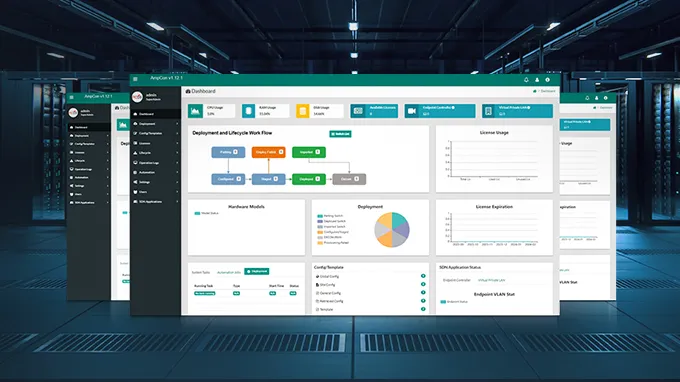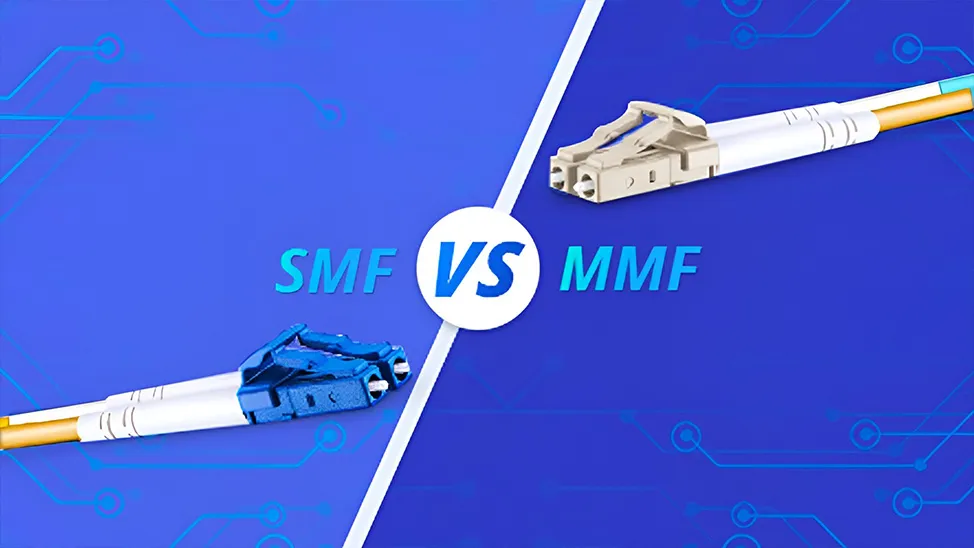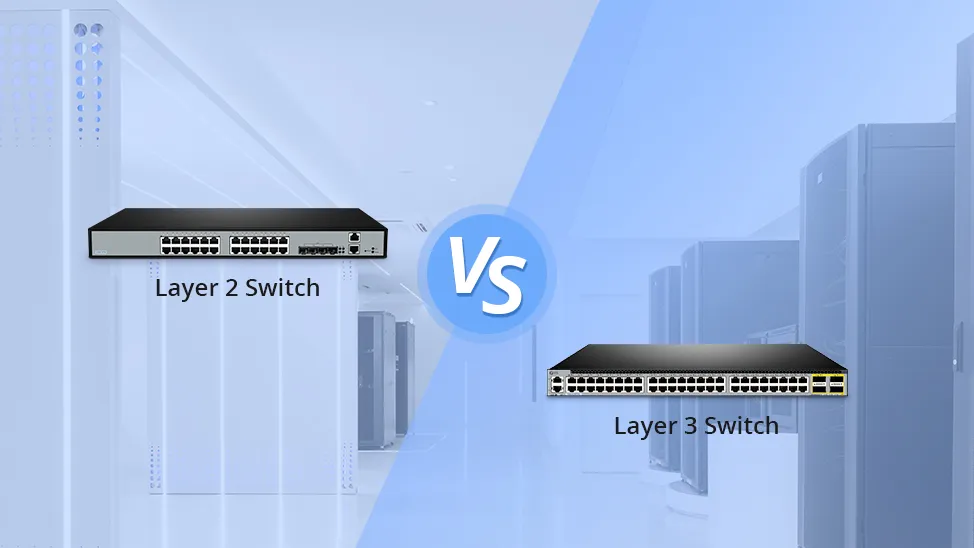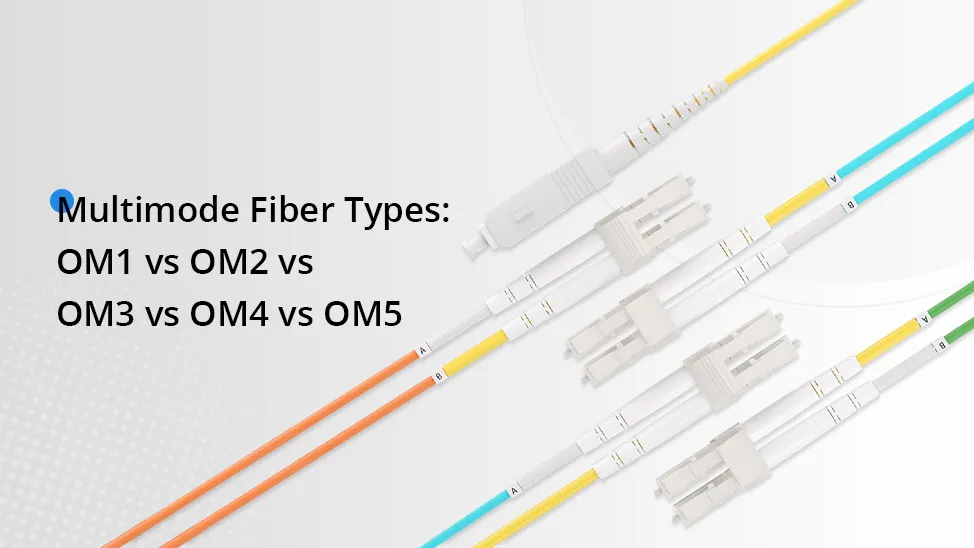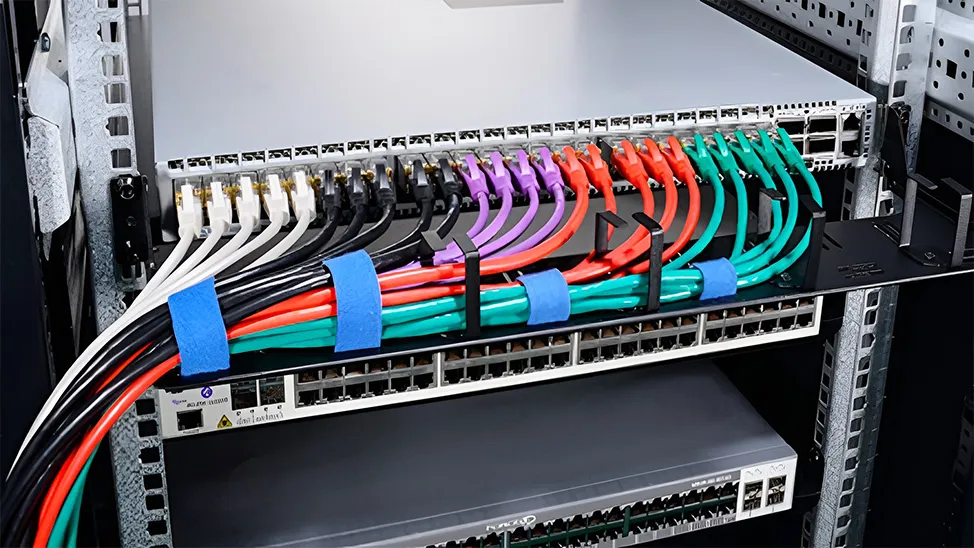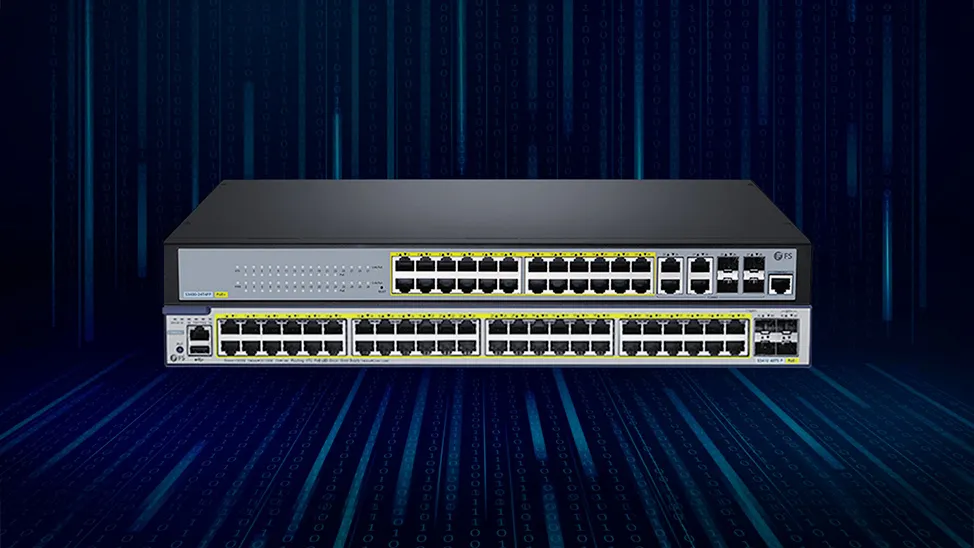Optimizing Your FTTH Design: Strategies for Designing Split Levels and Split Ratio
In FTTH network design, optical splitters play a crucial role in the passive optical network (PON) by enabling a single PON interface to be shared among multiple subscribers. These optical splitters are installed in each optical network between the PON OLT(Optical Line Terminal) and the ONTs (Optical Network Terminals) that the OLT serves. To successfully design and deploy an FTTH network, addressing the FTTH split level and split ratio is a key consideration.

Choose the Right Optical Splitter for your FTTH Design
Choosing the right FTTH Optical splitter is the first step in initiating the split level and split ratio design. In current FTTH network designs, there are two types of optical splitters: PLC splitters and FBT splitters.
FBT (Fused Biconical Taper) splitters, an older type widely employed in the telecommunications industry, are crafted by fusing and tapering two or more fibers together, ensuring an even splitter of the signal across each channel. Typically constructed from silica glass fibers, FBT splitters find applications in both single-mode and multimode fiber optic systems. In contrast, PLC (Planar Lightwave Circuit) splitters, a more recent innovation, have gained popularity. These fiber splitters are created by utilizing a silica wafer to form a waveguide circuit that effectively divides the signal into multiple channels. PLC splitters are commonly utilized in single-mode fiber optic systems.
The distinctions between these two optical splitter types dictate which one is more suitable for FTTH networks. Here is a simple comparison of them:
| Parameters | PLC Splitter | FBT Splitter |
|---|---|---|
| Wavelength Range | 1260-1650 nm | Single/dual/triple window |
| Splitting Ratio | Equal division (1x2/4/8/16, etc.) | Equal or unequal division |
| Dimensions | Small | Large size for multi-channel |
| Wavelength Sensitivity | Low | High |
| Cost | Low splitting channel, high price | Price is lower for small channel splitter |
With the rapid global expansion of FTTH (Fiber to the Home), the demand for larger split configurations (1x32, 1x64, etc.) has increased to cater to a large number of subscribers. Given that PLC splitters provide precise and uniform splits with minimal loss in an efficient package, they offer a superior solution for modern FTTH networks compared to FBT (Fused Biconical Taper) splitters.
FTTH Network Design of Split Level
The PON is the optical fiber infrastructure of an FTTH network. It's a point-to-multipoint fiber optic network with no active elements in the signal's path. It uses a shared fiber splitter to connect the central office with a passive optical splitter capable of accommodating multiple optical connections with customers. PON splitting can be achieved through centralized splitting (one-level) or cascaded splittings (two-level or more).
A centralized approach typically employs a 1x32 splitter located in a fiber distribution hub (FDH). The splitter is directly connected via a single fiber to an OLT in the central office. On the other side of the OLT splitter, 32 fibers are routed to 32 customers' homes, where they are connected to an ONT. Thus, the PON network connects one OLT port to 32 ONTs.

A cascaded approach may involve using a 1x4 splitter located in an outside plant enclosure. This is directly connected to an OLT port in the central office. Each of the four fibers leaving this level 1 splitter is routed to an access terminal that houses a 1x8 level 2 splitter. In this scenario, there would be a total of 32 fibers (4x8) reaching 32 homes. It is possible to have more than two split levels in a cascaded system, known as multi-level splitting, and the overall split ratio may vary (1x16 = 4x4, 1x32 = 4x8, 1x64 = 4x4x4).

A centralized architecture typically offers greater flexibility, lower operational costs, and easier access for technicians. A cascaded approach may yield a faster return-on-investment with lower first-in and fiber costs. Usually, the centralized splitting solution is used in crowded city centers or town areas, in order to reduce cost and make it easy to maintain the ODN (optical distributed network) nodes. On the other hand, the two-level and the multi-level cascaded splitting solutions are used in curb or village places, to cover widely ODN nodes, conserve resources, and save the money.
FTTH Network Design of Split Ratio
The most frequently used FTTH Optical splitters in a PON system are uniform power splitters with a 1:N or 2:N split ratio (N=2~64), where N represents the number of output ports. The optical input power is evenly distributed across all output ports. Typically, splitters with a 1:N ratio are utilized in star networks, while those with a 2:N split ratio find application in ring networks to ensure physical network redundancy.

Different ratio optical splitters may exhibit varied performance in your network, influencing the split ratio design in FTTH networks. For FTTH networks and other PON setups, the star configuration with a 1:N split ratio architecture is commonly applied.
As per the mentioned FTTH split ratio design, 1x32 and 1x64 OLT splitters are frequently used in the centralized splitting solution, while 1x4 and 1x8 OLT fiber splitter are more commonly employed in the cascaded splitting solution. There are typically two main split ratio solutions in FTTH-PON networks. When the split ratio is 1:32, your current network can receive a qualified fiber optic signal with a transmission distance of 20 km. If the distance between the OLT and ONU of your network is short, such as 5 km, you can also consider a 1:64 split ratio.
Conclusion
When designing your FTTH network split level, both centralized splitting and cascaded splitting have their advantages and disadvantages. It is essential to evaluate these factors and select an appropriate split level for your network. As for split ratio design, to ensure reliable signal transmission, a lower split ratio should be used for longer transmission distances.
Related Articles:
Differences Between FBT Splitter and PLC Splitter
Centralized Splitting vs Distributed Splitting in PON Based FTTH Networks
You might be interested in
Email Address
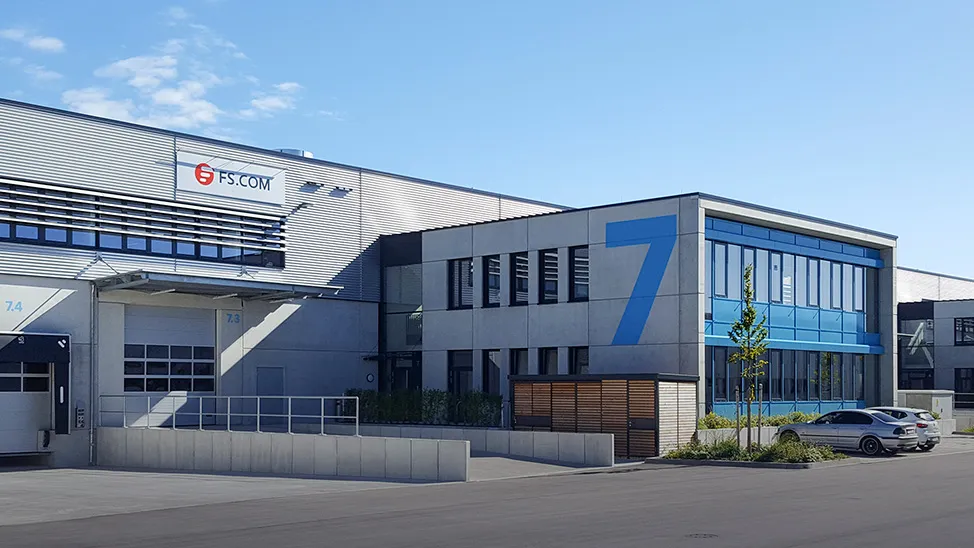
-
PoE vs PoE+ vs PoE++ Switch: How to Choose?
May 30, 2024








